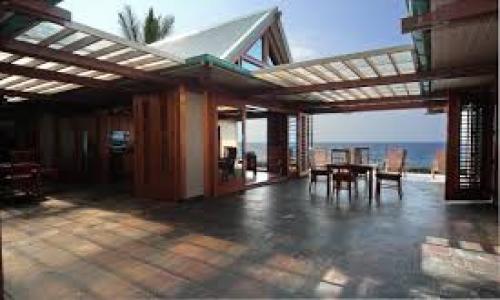Having a comprehensive homeowner’s insurance policy is one of the best ways to protect your home and everything inside of it. But in addition to these benefits, it also offers peace of mind for the homeowner. Insurance can also be a significant expense, costing thousands of dollars per year. Knowing how these policies are priced can help you save money. Below are key factors insurers use when determining the rate for your policy.
1. Location
The location of your home is one of the most significant factors when determining your homeowner’s insurance rate. If you live in an area where the crime statistics are higher than average, you can expect to pay higher insurance rates for your policy. But crime isn’t the only factor. Your home could be in a high risk area for tornadoes, wildfires and other disasters. If the building costs in your home’s area are higher than average, this could also affect your rates.
2. History of Claims
Many homeowners think that their insurance policy should pay for anything bad that happens to their home. While insurance can pay for many problems, your insurance rates are going to increase in relation to the number of claims that you make. If you file a claim with your insurance company every time a minor problem occurs, you are going to find yourself paying astronomical rates. Instead of making so many claims, pay for some of the repairs yourself (even if they are covered by your policy) or else you are going to be paying much more in the long run.
3. Your Credit Score
There was a time when credit scores were not used to determine homeowners' insurance rates. But insurers have found that people with higher credit scores tend to file fewer claims. And those who have poor credit scores tend to file more claims. As a result, if you have a low credit score, you will pay more for coverage.
4. The Age of the Home
Newer homes or new construction cost less to insure than older homes. Newer homes tend to be in better shape than older homes and generally require fewer claims. Newer homes also typically have features that make them less of a risk, including fire resistant building materials, sprinkler systems and other features that help reduce the chances of major damage.
5. Swimming Pools
A swimming pool or an outdoor hot tub can cause your insurance rates to go up because of the risk they pose to young children in the neighborhood. If you are going to have a swimming pool in your yard, your insurance company is going to require a fence to surround it along with a locking gate. Trampolines also increase insurance rates.
While you may not want to change the location of your home based on insurance prices, homeowners should consider making fewer small claims, maintaining a good credit score, and thinking twice about a swimming pool or trampouline. Taking a combination of these steps will help you get the best possible price.











Add your Comment
or use your BestCashCow account